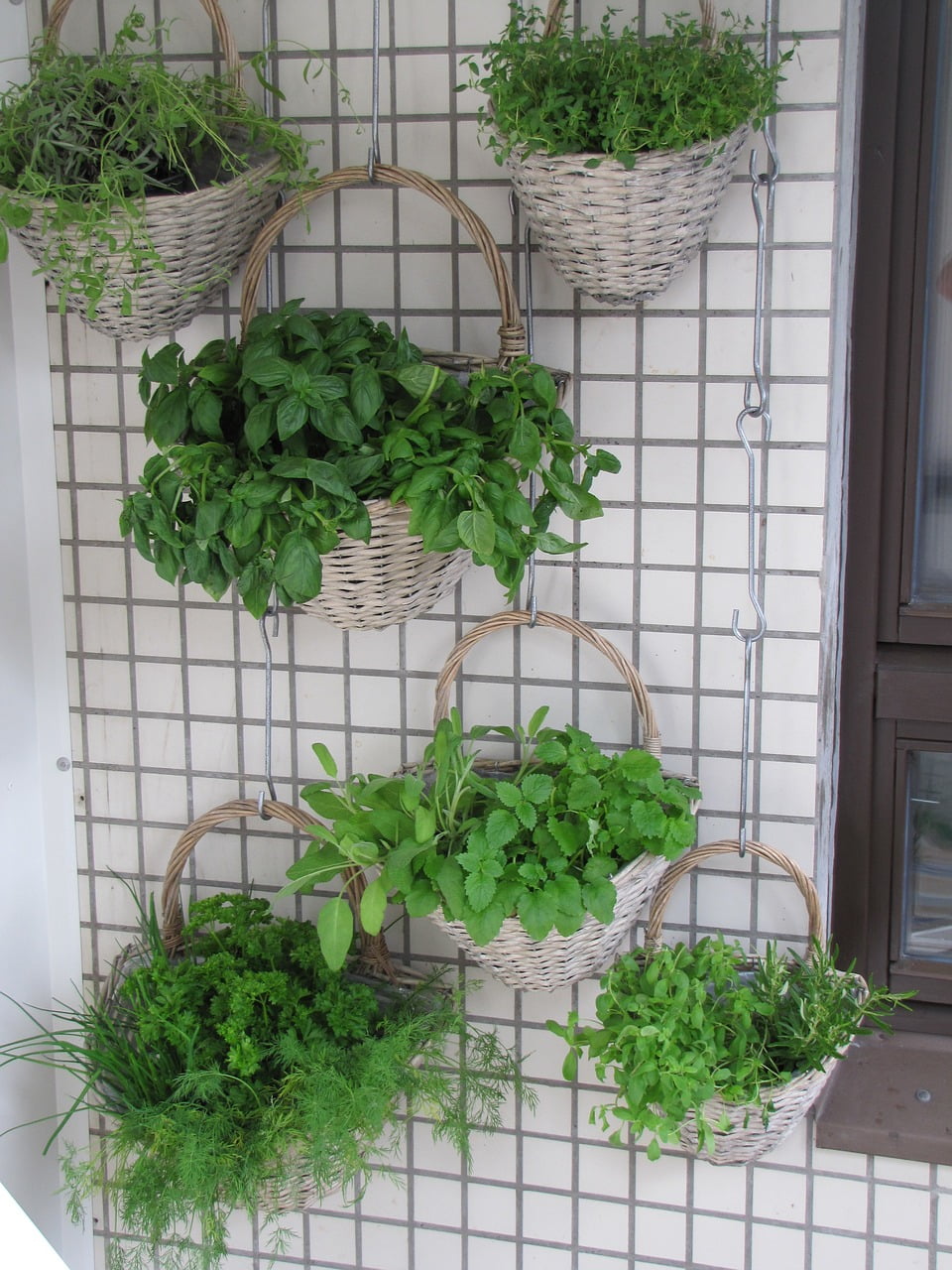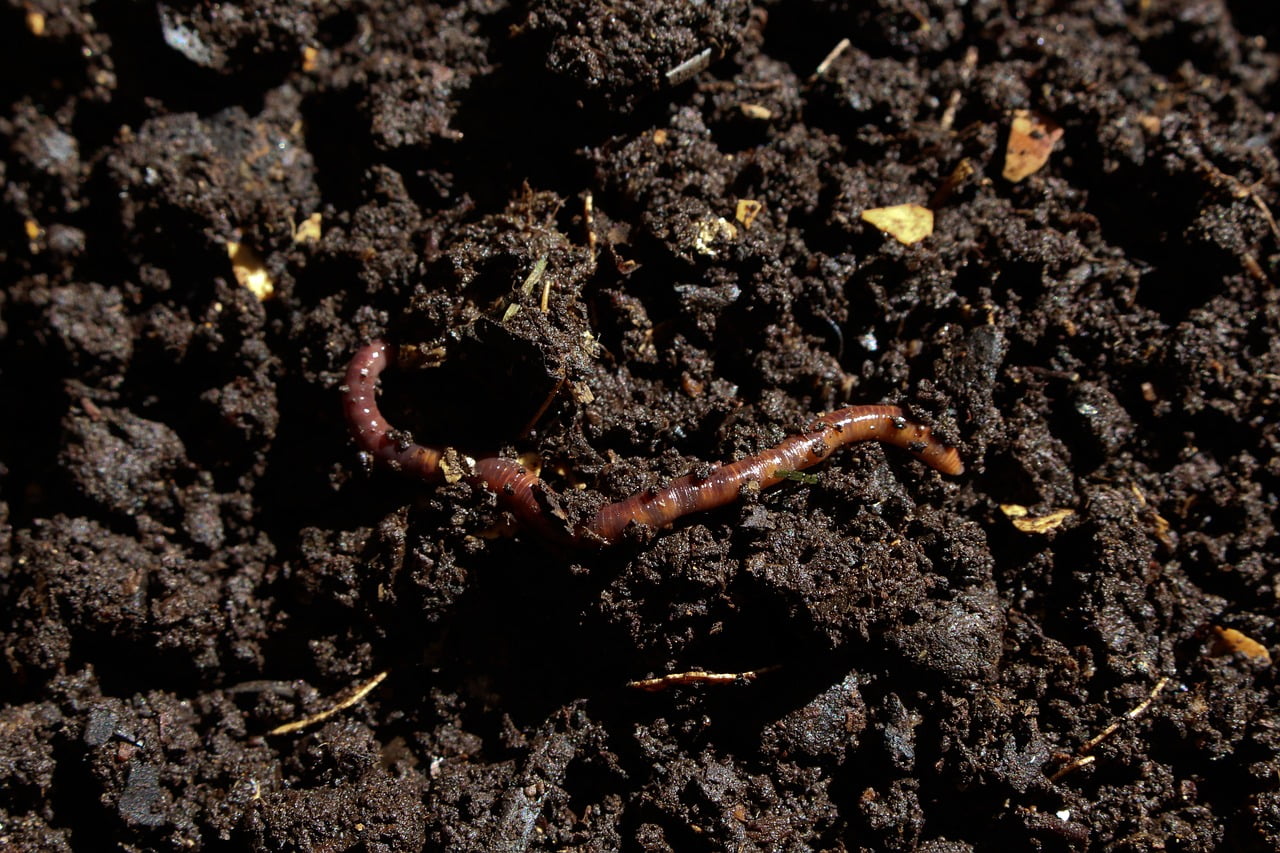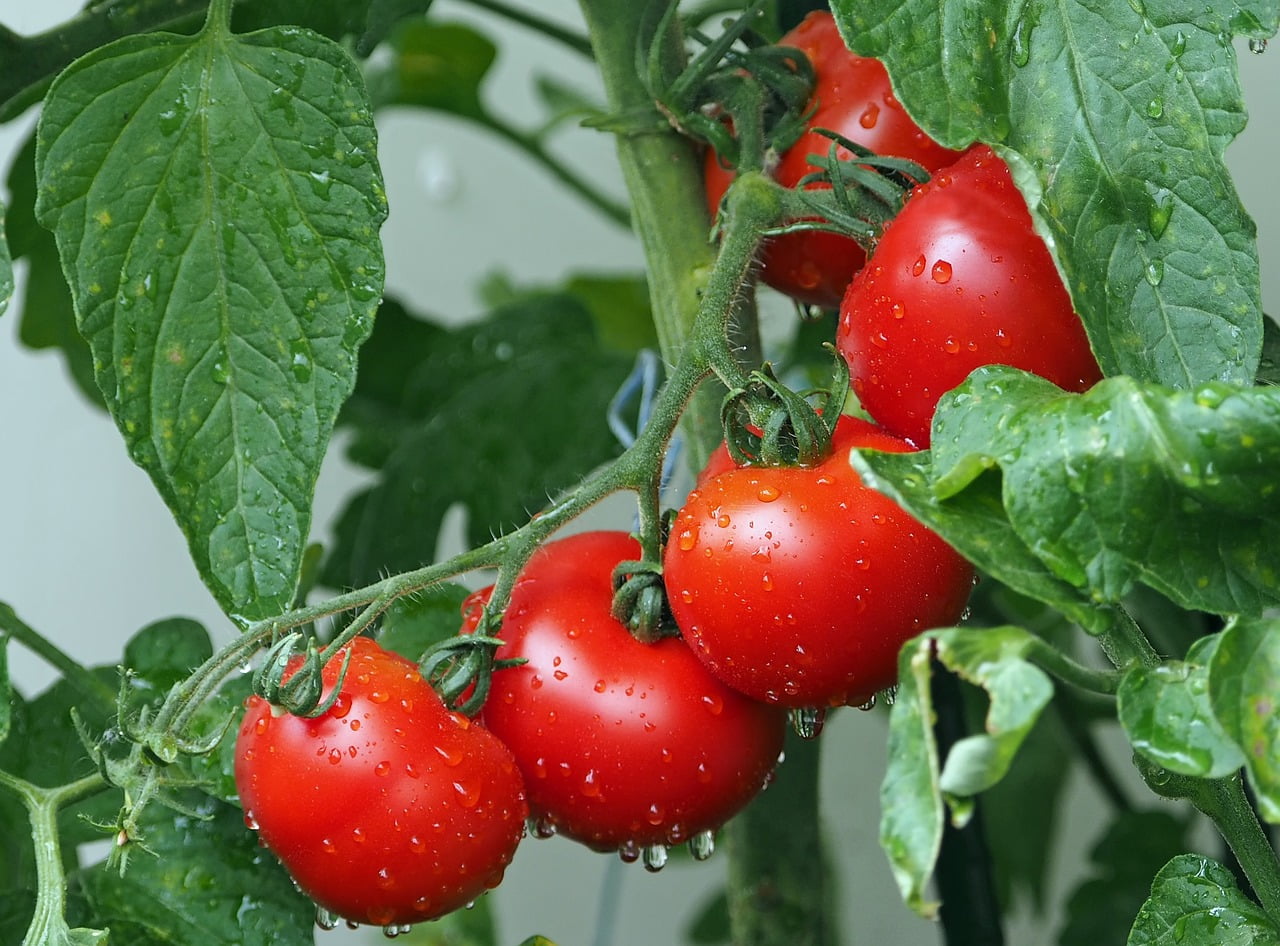Are you eager to dive into the world of small-scale urban farming? Picture this: cultivating vibrant crops, harvesting your own organic vegetables, and contributing to a sustainable and eco-friendly lifestyle. Starting your own urban farm may seem like a daunting task, but fear not! In this comprehensive guide, we’ll walk you through the five key steps to launch your small-scale urban farming journey today. Now, it’s time to roll up your sleeves, slip on those gardening gloves, and let’s dive right in!

Table of Contents
Step 1: Assessing Your Resources and Space
Evaluating Your Available Resources
Utilizing Every Inch: Maximizing Small Spaces for Urban Farming

- Conducting a thorough inventory of your available resources, including land, tools, and finances.
- Identifying suitable spaces for your urban farm, such as rooftops, balconies, or community gardens.
- Implementing creative techniques like vertical gardening and container gardening to make the most of limited space.
Step 2: Planning Your Crops and Layout
Selecting the Right Crops for Urban Farming
Plotting Your Path: Creating an Efficient Farm Layout
- Researching and choosing crops that thrive in urban environments and cater to local market demands.
- Developing a strategic layout to optimize space usage, sunlight exposure, and crop rotation.
- Considering companion planting and intercropping for natural pest control and maximum productivity.
Step 3: Preparing the Soil and Planting
Preparing Nutrient-Rich Soil for Urban Farming
From Seeds to Sprouts: Planting Techniques for Urban Farms

- Testing and improving soil quality with organic amendments and composting methods.
- Employing smart planting techniques like seed starting, transplanting, and direct seeding.
- Nurturing seedlings with proper care, watering, and protection against pests and diseases.
Step 4: Implementing Sustainable Practices
Embracing Sustainability in Urban Farming
Water Conservation and Composting: Sustainable Practices for Urban Farmers

- Incorporating water-saving techniques such as drip irrigation, rainwater harvesting, and greywater recycling
- Adopting organic and chemical-free pest management strategies to ensure the health of your crops and the environment.
- Harnessing the power of composting to enrich the soil and reduce waste.
Step 5: Maintaining and Harvesting Small-Scale Urban Farm
Tending Your Urban Farm with Care
Reaping the Rewards: Harvesting and Enjoying the Fruits of Your Labor

- Regularly monitoring and maintain your urban farm by weeding, pruning, and troubleshooting plant health issues.
- Knowing the right time to harvest your crops for peak flavor and nutritional value.
- Celebrating your hard work by savoring the fresh produce and sharing it with your community.
Selecting Suitable Crops For Small-Scale Urban Farming

When it comes to selecting suitable crops for urban farming, several factors should be considered, including local climate, space limitations, and market demand. Here are more specific details to help you make informed choices:
Local Climate:
Research the climate conditions in your area, including average temperatures, rainfall, and sunlight hours.
Identify crops that are well-suited to your specific climate. For example:
- If you have a warm climate with long summers, consider crops like tomatoes, peppers, eggplants, and herbs like basil and rosemary.
- In cooler climates, focus on cold-hardy crops such as leafy greens (lettuce, spinach, kale), root vegetables (carrots, radishes, beets), and herbs like parsley and cilantro.
- If you experience hot and dry summers, look for drought-tolerant crops like succulents, cacti, and Mediterranean herbs like thyme and oregano.
Space Limitations:
Assess the available space for your urban farm, whether it’s a small balcony, rooftop, or backyard.
Opt for compact or space-saving crops that can be grown in containers, vertical gardens, or raised beds. Consider these options:
- Leafy greens like lettuce, spinach, and arugula can be grown in shallow containers or hanging baskets.
- Compact varieties of vegetables like cherry tomatoes, dwarf carrots, and bush beans are suitable for smaller spaces.
- Herbs such as mint, chives, and coriander can thrive in small pots or even vertical herb gardens.
- Microgreens and sprouts require minimal space and offer a quick harvest.
Market Demand:
Research the local market to understand the demand for specific crops in your area.
Identify crops that are popular and have a higher likelihood of being sold or used locally.
Consider niche or specialty crops that can fetch higher prices or cater to specific dietary preferences, such as:
- Specialty herbs like Thai basil, lemon balm, or lavender, which are sought after by local chefs or tea enthusiasts.
- Exotic vegetables like heirloom tomatoes, colored bell peppers, or unique varieties of radishes and beets.
- Edible flowers or decorative plants that can be used for culinary purposes or as ornamental features.
Remember, it’s essential to strike a balance between crops that are suitable for your local climate, adaptable to your available space, and in-demand in the market. By considering these factors, you can make more informed choices and maximize the productivity and profitability of your urban farm.
Tips for Challenges in Small-Scale Urban Farming
Aspiring urban farmers may encounter various challenges or obstacles along their journey. Urban farmers may face various common challenges, and here are some tips on how to overcome them.
Space Constraints: Urban environments often have limited space for farming. To overcome this challenge:
- Embrace vertical gardening techniques to maximize space utilization.
- Utilize containers, raised beds, or hydroponic systems to grow plants in smaller areas.
- Consider community gardens or shared spaces to expand your farming opportunities.
Soil Quality: Urban soil can be contaminated or lacking in nutrients. Overcome this challenge by:
- Testing the soil for contaminants and seeking remediation if necessary.
- Utilizing raised beds or containers with high-quality soil or compost.
- Implementing soil amendments and organic fertilizers to improve soil fertility.
Water Scarcity: Water availability and access can be a constraint in urban settings. Follow these tips:
- Install efficient irrigation systems such as drip irrigation or self-watering containers to minimize water usage.
- Collect rainwater in barrels or use greywater for irrigation where permitted.
- Explore water-saving techniques like mulching to retain moisture in the soil.
Pest and Disease Control: Urban farms can attract pests and diseases. Address this challenge using the following strategies:
- Implement integrated pest management (IPM) practices, which emphasize prevention and biological controls.
- Encourage beneficial insects and birds to naturally control pests.
- Rotate crops and practice companion planting to disrupt pest life cycles and deter harmful insects.
Knowledge and Skills Gap: Lack of experience or knowledge about urban farming can be daunting. Consider these tips:
- Attend workshops, training programs, or join local farming communities to learn from experienced urban farmers.
- Utilize online resources, books, and videos to expand your knowledge.
- Start small and experiment with a few crops initially to gain confidence and learn through hands-on experience.
Community Engagement and Support: Building relationships and garnering support from the local community can be crucial. Here’s how:
- Engage with neighbors and local organizations to share your vision and involve them in your urban farming initiatives.
- Organize workshops or events to educate others about the benefits of urban farming.
- Collaborate with local businesses, restaurants, or farmers’ markets to create partnerships and sell your produce.
Seasonal Variations and Climate: Urban farming is affected by seasonal changes and microclimates. Overcome this challenge:
- Research and choose crop varieties that are well-suited to your specific climate and growing conditions.
- Extend the growing season by using cold frames, row covers, or greenhouse structures.
- Implement techniques like shade cloth or misting systems to protect plants from extreme heat.
By recognizing these potential challenges and adopting strategies to overcome them, aspiring urban farmers can navigate the path to success more effectively. Remember that each challenge presents an opportunity to learn and innovate, so stay resilient and adaptable on your small-scale urban farming journey!
FAQs (Frequently Asked Questions)
Q1: Can I start a small-scale urban farm if I don’t have access to a large plot of land?
You don’t necessarily need a large plot of land to start a small-scale urban farm. In fact, urban farming is all about utilizing available space creatively. Here are a few options for aspiring urban farmers without access to a large plot of land:
- Rooftop Farming: Utilize the rooftop of your building or any flat surface to create a productive farm. Implement container gardening or vertical farming techniques to make the most of the space.
- Balcony or Patio Gardening: If you have a balcony or patio, transform it into a mini-farm by using containers, hanging baskets, or vertical planters. Grow herbs, vegetables, or even small fruit trees.
- Community Gardens: Look for community gardens or allotment plots in your area. These shared spaces allow individuals to cultivate their own crops and exchange knowledge with fellow gardeners.
- Indoor Farming: Explore indoor farming techniques such as hydroponics, aquaponics, or aeroponics. These methods enable you to grow plants in a controlled environment using water-based systems or misting techniques.
- Window Sill Gardens: Utilize your windowsills by placing small pots or containers to grow herbs, microgreens, or compact vegetable varieties. This option is especially suitable for those living in apartments or urban settings.
Remember, starting small is key. Gradually expand your farming activities as you gain experience and confidence. Additionally, consider connecting with local urban farming communities or seeking guidance from experienced urban farmers who can provide valuable insights and support along your farming journey.
Q2: How much time is required to maintain a small-scale urban farming operation?
The time required to maintain an urban farm can vary depending on factors such as the size of your farm, the crops you’re growing, and your level of experience. While urban farming does require some dedicated time and effort, the flexibility of urban farming allows you to adapt it to your schedule. Here are some considerations regarding the time commitment involved:
- Initial Set-Up: The initial set-up phase may require more time and effort as you prepare the soil, construct raised beds or containers, and establish irrigation systems. This phase can range from a few days to a couple of weeks, depending on the scale of your farm.
- Daily Maintenance: On a day-to-day basis, you will need to allocate time for tasks such as watering, weeding, checking for pests or diseases, and monitoring the overall health of your plants. The time required for daily maintenance can vary but generally ranges from 15 minutes to a couple of hours, depending on the size of your farm.
- Seasonal Tasks: Different seasons bring different tasks to an urban farm. During planting seasons, you will need to dedicate additional time to sow seeds, transplant seedlings, or prepare the soil. Harvesting periods may also require more time for gathering produce and processing it for storage or immediate consumption.
- Continuous Learning: It’s important to set aside time for continuous learning and staying updated with best practices in urban farming. This can involve reading gardening books, attending workshops or webinars, and connecting with other urban farmers to exchange knowledge and ideas.
- Scaling Up: If you decide to expand your urban farm over time, be prepared to invest more time in expanding the infrastructure, managing additional crops, and taking on additional responsibilities.
While urban farming does require consistent effort, it’s important to find a balance that suits your lifestyle and availability. Start with a manageable size and gradually increase your farming activities as you become more comfortable and experienced. Remember, the joy of urban farming comes not only from the end results but also from the process of nurturing and connecting with nature
Q3: Are there any government regulations or permits required for small-scale urban farming?
When starting a small-scale urban farm, it’s essential to be aware of the regulations and permits that may apply to your specific location. While the exact requirements can vary depending on your region, understanding and complying with these regulations will help ensure that your urban farming venture is legal, safe, and in line with local ordinances. Here are a few important factors to take into account:
- Research Local Laws: Begin by researching the local laws and regulations related to urban farming in your area. This information can typically be obtained from your city or municipality’s website or by contacting the relevant government departments, such as the Department of Agriculture or Department of Planning and Zoning.
- Zoning Restrictions: Determine if there are any specific zoning restrictions or ordinances that pertain to urban agriculture. Some areas may have specific guidelines regarding the types of agricultural activities allowed in residential or commercial zones. Ensure that your proposed farming activities comply with the designated zoning regulations.
- Permits and Licenses: Check if there are any permits or licenses required for operating an urban farm. This may include permits for land use, water usage, pesticide application (if applicable), and selling produce. Depending on your location, you may need to apply for a specific urban farming permit or obtain general business licenses
- Health and Safety Standards: Familiarize yourself with any health and safety standards that may apply to urban farming operations. These standards may cover aspects such as proper handling and storage of agricultural products, pest control practices, waste management, and food safety regulations if you plan to sell your produce.
- Community Engagement: In some cases, you may need to engage with your local community or neighborhood associations to obtain their support or address any concerns they may have about your urban farm. Proactively communicating your plans and addressing potential issues can help foster positive relationships with your neighbors.
- Seek Professional Guidance: If you’re unsure about the specific regulations and permits applicable to your area, consider seeking guidance from professionals such as agricultural extension agents, local farming organizations, or legal experts specializing in agriculture or land use. They can provide tailored advice based on your location and help ensure compliance with all necessary requirements.
Remember, regulations and permit requirements can vary widely depending on your location, so it’s crucial to conduct thorough research and seek guidance from local authorities. By understanding and complying with these regulations, you can ensure the legality and sustainability of your small-scale urban farming venture.
Conclusion:
Congratulations! You’re now equipped with the knowledge and confidence to embark on your small-scale urban farming journey. By following these five essential steps, you’ll be able to grow your own fresh, nutritious produce while fostering a stronger connection with nature and your local community. Remember, every successful urban farm started with a single step, so take that step today and let your farming adventure unfold. Start your small-scale urban farming journey today and reap the rewards of a sustainable, fulfilling lifestyle!
